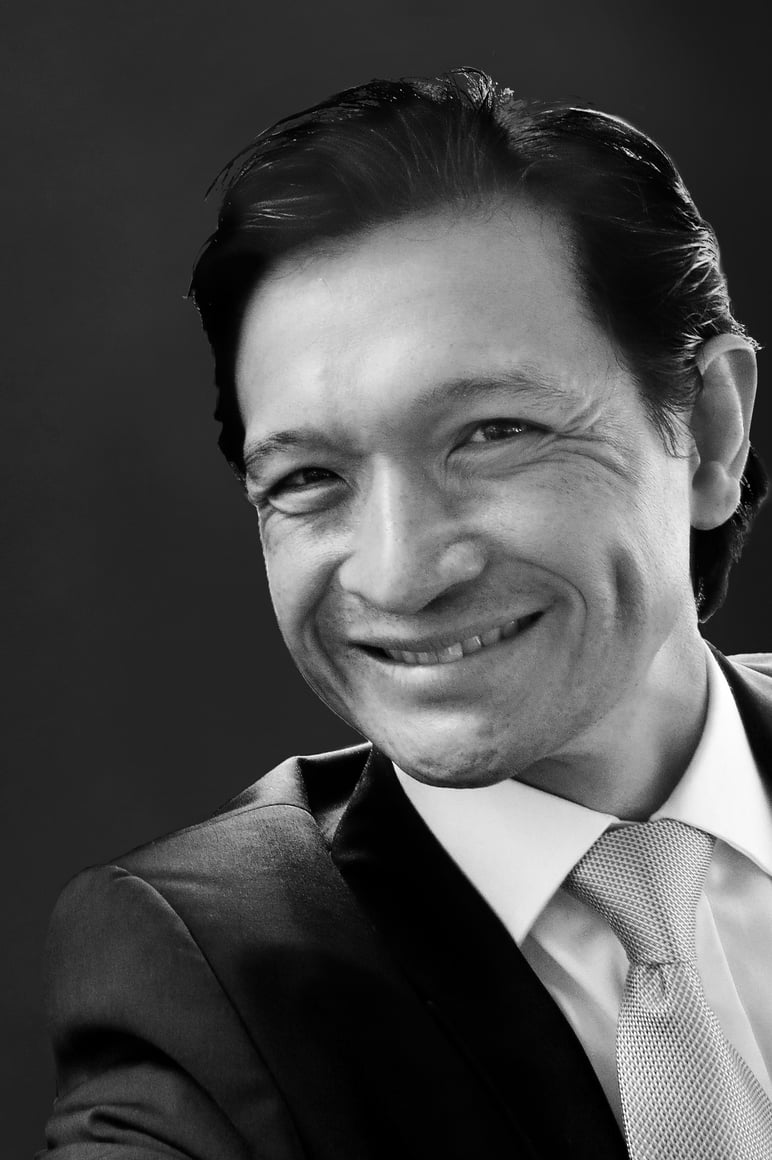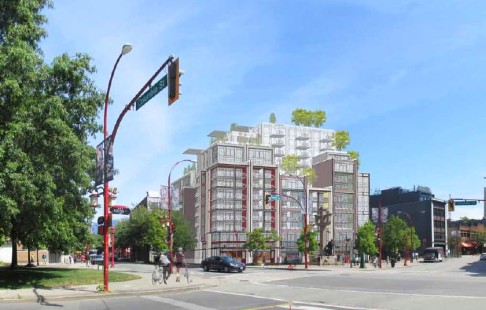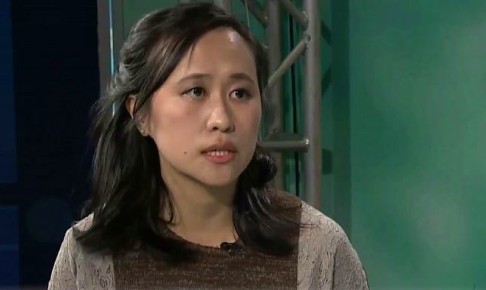
Where is Vancouver’s Chinatown? Don’t look for an address, look for the connections that bind a community
Where can you find Vancouver’s Chinatown?
It’s a tougher question than you might think. Is Chinatown just a neighbourhood, defined by its geographical boundaries in the Downtown Eastside and the buildings within them?
If that were the case, it’s doubtful that the Beedie Development Group’s plans for 105 Keefer Street would have drawn such a wave of opposition.
Opponents of Beedie’s plans worry about the fate of a fragile, culturally distinct neighbourhood and its existing residents, many of them Chinese immigrant elders. Others fear the social costs of gentrification per se.
WATCH: Everything Will Be depicts the transformation of Vancouver's Chinatown

Yuly Chan, a member of the Chinatown Action Group that is fighting the rezoning, is only 29. But she has already witnessed an unfolding transformation of the neighbourhood, and with great distress. Like many Chinatowns, Vancouver’s has suffered a perennial image problem outside the Chinese community (“gritty” is one of the kinder adjectives) but Chan doesn’t remember it that way.
Outwardly, it may have seemed rundown. But it was a home for us
Through the wide eyes of a seven-year-old newly arrived in Canada, Chinatown was at once frenetic and a source of “homey” comfort.
“Back then, there were a lot more young people, kids, in Chinatown,” said Chan. “I’d come to Chinatown on the bus with my mom, and we’d be lugging groceries around. It was chaotic. There were so many people. And speaking the language – to hear people speaking the dialect we spoke at home, which was Yanping, that was a really big thing. And we would constantly see people that we knew.
“Chinatown was our centre. Our family doctor was there. We would buy groceries, and go to Floata [restaurant]. It was a full environment.”

Chan, already a longtime community activist, wants the city to buy 105 Keefer off Beedie and devote it 100 per cent to low-income seniors housing, or to transform it into an intergenerational community space. She said she also wants a more open conversation about “what development really means, and [how to do it] without displacement.”
Of the influx of new young business people to Chinatown, drawn by relatively cheap commercial rent, Chan said “I understand that it is a challenging time to start a business”.
“But without really understanding what is going on in Chinatown, to set up shop in a community that is so vulnerable right now, to these major changes, I think, is inappropriate,” she said. “They are part of the process of gentrifying Chinatown. If they really want their business to thrive and be respectful of the context that they live in, they have to find a way to build a relationship with the community. It’s tricky. I don’t have the answers for that. But it’s obvious that those businesses and developments have already displaced long-term businesses which serve the community’s needs.”


For Chan, the issue isn’t really about architecture, it’s about people, particularly the working-class Chinese immigrant elders whose presence and contribution to the city is sometimes lost amid the current wave of millionaire migrants from China. She worries about them.
Her own parents, born in Guangzhou, were immigrants twice over, initially settling in Venezuela before relocating to Vancouver. They were far from millionaires. Her father worked in a pizza box factory, textile factories and a butcher shop, before the family set up a small café in Kitsilano. But Chinatown was the constant in their lives, a touchstone and a safe haven. “Outwardly, it may have seemed rundown,” said Chan. “But it was a home for us.”
The Chinese working class [need] to say ‘hey, we’re not all rich. We’re not all millionaires’
The centre of gravity for Vancouver’s Chinese community has long since shifted south to the satellite city of Richmond - the most-ethnically-Chinese city in the world outside Asia - but Chan said Richmond could not perform the same social function as Chinatown, “a unique neighbourhood that is a symbol of the heritage and the history of Chinese people in Vancouver.”
That history was one of working-class immigrants, struggling to build lives in Vancouver, and now grappling with the city’s chronic unaffordability, said Chan.
“But it’s going to take mobilisation and organisation on the part of the Chinese working class to say ‘hey, we’re not all rich. We’re not all millionaires’.”
Chan’s father, Chi Nam Chan, passed away last year, intensifying her connection to Chinatown and the local Chan clan society, which she called a “spiritual home”. “He was the one who brought me to Chinatown and the society,” said Chan. “So when I go there, I feel like I am there with my Dad.”
Where, then, can Chinatown be found? It is a place, and buildings and businesses, true. But it is also found in the connections, between the generations of Chinese who have found succour there, people like Chan and her father, and now between she and the Chinese elders who treat her as a grandchild. Revitalising buildings and businesses is probably the easy part. Doing so without disrupting the connections where the real Chinatown exists is the challenge.
*
The Hongcouver blog is devoted to the hybrid culture of its namesake cities: Hong Kong and Vancouver. All story ideas and comments are welcome. Connect with me by email [email protected] or on Twitter, @ianjamesyoung70.

